Mbira music and spirituality in Zimbabwe – learning the living tradition
Nearly 20 years ago, I met an old man, VaMoyo, on the streets of Mkoba in Gweru district, Zimbabwe, while walking and playing my nyunga nyunga mbira. He stopped and struck up a conversation, showing great interest in the instrument I was playing. I handed VaMoyo the mbira to satisfy his curiosity.
 Nhare Mbira musical instrument.
Nhare Mbira musical instrument.
He didn’t play it; he simply held it and said, “…ndedzevanana, dzekuchikoro. Iwe haufaniri kudzidzira mbira (this is for children. You are not supposed to have structured mbira lessons).” With that, he invited me to his house, which was close to where he had stopped me.
Curious and captivated, I was later to visit him with a friend only to discover that he was a traditional healer. He welcomed us into his dare (traditional court), and after we sat down, he handed me his nhare mbira and said, “Unofanira kuridza mbira idzi kana wakumbirirwa (You should play this mbira but on condition that we ask for guidance).”
Aware that the process involved invoking ancestors, I was torn between acceptance and hesitation. I asked him for grace to seek permission from my parents. When I took the news home, my mother, a member of an Apostolic sect, was quick to say no. It was against her religious beliefs. My mother’s response was not unreasonable, for there has always been tension between African traditional religion and Christianity, often affecting production and consumption of music.
Fast forward to adulthood, I met another spiritually gifted person, this time from my mother’s church. What this person said, combined with what I have come to know about myself and music, led me to believe, without a doubt, that music can act as a conduit to communicate with either vadzimu (ancestors) or ngirozi (angels), depending on one’s beliefs.
I hope that with this personal anecdote, I have managed to set the tone on how intertwined music, Christianity, and ancestral worship are.
The encounter with VaMoyo was my first glimpse into the layered relationship between mbira music, tradition, and spirituality, a connection that continues to shape my understanding of this living art form.
It is often believed that if one’s ancestors played the mbira, they will return in dreams to teach their descendants how to play it. While this belief is rooted in tradition, it is not universally true. In my experience, not all mbira players are guided by ancestral possession, and not all mbira types are meant to invoke spiritual connection. The nyunga nyunga, for example, is not at all associated with spirit possession or ancestral dreams. Instead, the nyunga nyunga mbira, associated with Kwanongoma College of Music, is often used in educational and entertainment contexts. It has its roots in Mozambique among the Nyungwe people and was brought to Zimbabwe by Jeke Tapera.
Initially, the nyunga nyunga mbira had 13 keys, but two more were added by Andrew Tracey and his team at Kwanongoma College of Music in Bulawayo, bringing the total to 15. Today, it is not uncommon to find a nyunga nyunga mbira with more than 15 keys as mbira players and makers continue to innovate, expanding both the number of keys and the range of the instrument. That the nyunga nyunga is typically played for personal enjoyment, teaching, or non-spiritual performances might explain why players are less likely to associate dreaming of tunes with their practice.
VaMoyo’s assertion that nyunga nyunga is for children should not be taken for its literal translation. Vakuru could also mean midzimu (ancestors) as sung by Chiwoniso Maraire on ‘Vanorapa’, a track on her album Rebel Woman. Some of Zimbabwe’s most notable music exports, including the late Dumi Maraire, Chiwoniso Maraire, and Hope Masike, built their careers playing the nyunga nyunga. Perhaps what VaMoyo also meant was that when people engage in the serious business of invoking ancestral spirits, they do not play the nyunga nyunga, but the nhare mbira.
Also known as mbira dzevadzimu (the mbira of the ancestors), the nhare mbira is easily Zimbabwe’s most globally recognised instrument. The nhare mbira is at the heart of traditional Shona spirituality and is revered for its ability to summon the spirits (vadzimu), creating a channel for guidance, blessings, and healing. The name nhare, meaning telephone, is a fitting metaphor for an instrument that enables the living to communicate with the departed during bira ceremonies. These ceremonies are not just spiritual gatherings but moments of cultural preservation, where music, dance, and oral traditions converge.
However, it’s important to note that not every song leads to ancestral spirit possession, nor can any player simply play to achieve possession. Each homwe (a person gifted with the ability to be possessed) has specific songs that guide them into a trance. Similarly, master mbira players understand which songs to play and, some say, even which keys to emphasise for ancestral possession to occur.
Despite their differences, these two mbiras are now taught in schools and share a similar organology. The primary distinction lies in the number of keys: 15 for the nyunga nyunga and 21–24 for the nhare mbira. For both mbiras, metal keys are mounted on a wooden soundboard (gwariva), often placed inside a resonator (deze) made from a gourd or wood. Both mbira types often have majaka (bottle caps) mounted on them to produce a highly percussive buzzing sound. For the nhare mbira, the tuning varies, with popular ones like nyamaropa and dambatsoko, each evoking unique emotions. Mbira makers are either formally trained in colleges like Midlands State University, or by village craftsmen.
The best method for learning mbira is by rote, where an experienced player introduces songs to a novice, teaching them various playing techniques, rhythms, and the contextual meanings of songs. While some players use number notation as a learning aid, this method fails to capture the rhythm. For example, two songs might share the same progression but differ significantly in rhythm, a distinction that number notation cannot convey. A case in point is the song ‘Kashiri Kamambo’, which is in the Nhemamusasa mode but features syncopation that sets it apart. Additionally, mbira music is not played to be reproduced note for note as with sheet music. Instead, mbira musicians play what they feel, guided by the energy and mood of the moment. This improvisational quality is central to mbira performance and underscores its deep connection to communal and spiritual contexts.
Today, some of the most accessible resources for learning mbira can be found online, particularly on YouTube. However, the most authentic and enriching learning experiences are still found in communities that own and live the music. When one experiences the mbira from its custodians, they may find, as I have, that the mbira is not merely an instrument but a way of understanding the world.
As I reflect on my journey with the nyunga nyunga mbira, I find myself pondering the possibility of its gifts being passed on after death. If I were to die and return as a shavi, a wandering spirit believed to bestow gifts on the living, would the person I possess dream of nyunga nyunga songs? Would they wake up one day and instinctively know how to play the melodies I once loved, or would they, like me, require structured teaching to unlock the instrument's secrets? I don’t have answers, but what I do know is that the mbira, in all its forms, holds a profound connection to those who play it.
In all this, the nhare mbira remains a bridge to the ancestral realm, ensuring that their wisdom and presence remain an enduring part of our lives.
Dr. Innocent Tinashe Mutero has dual expertise in Ethnomusicology and Peace Studies. His research explores the efficacy of music in enhancing relational well-being. He teaches mbira performance under the African Music and Dance project at the University of KwaZulu-Natal.











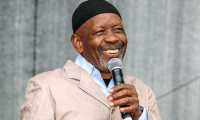





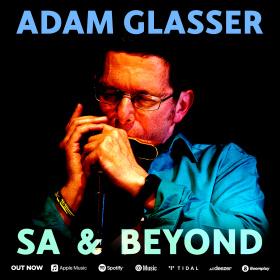


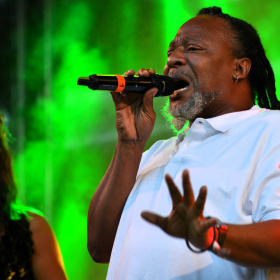
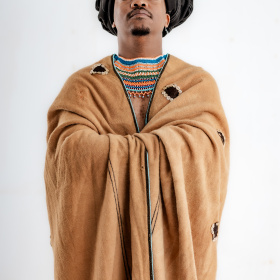

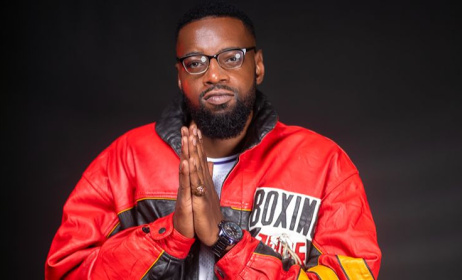
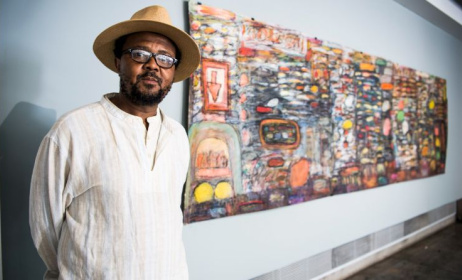



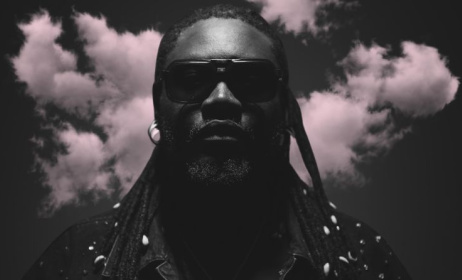
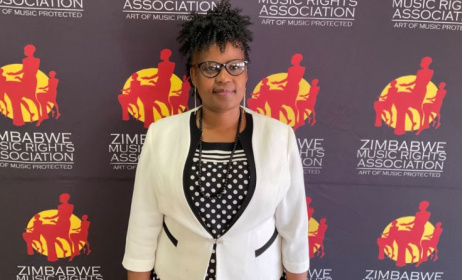

Comments
Log in or register to post comments